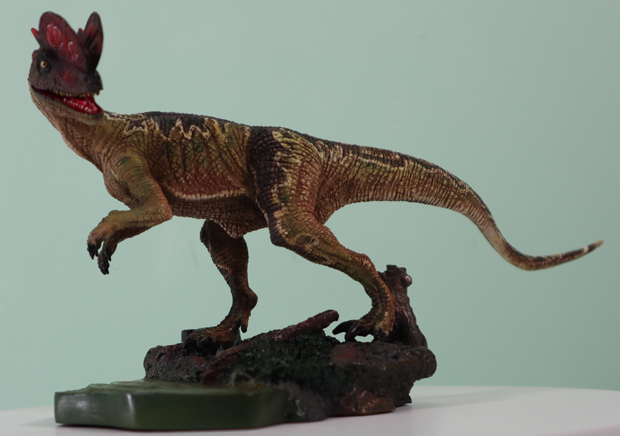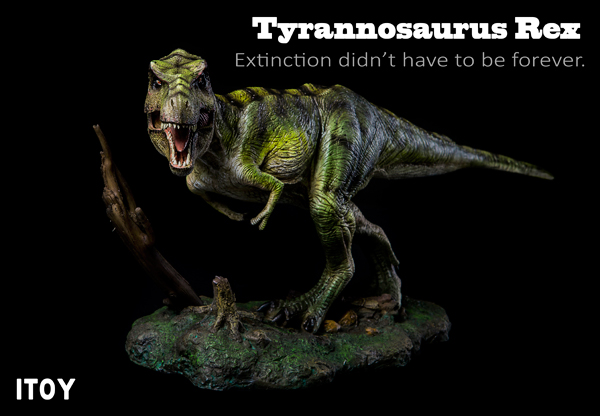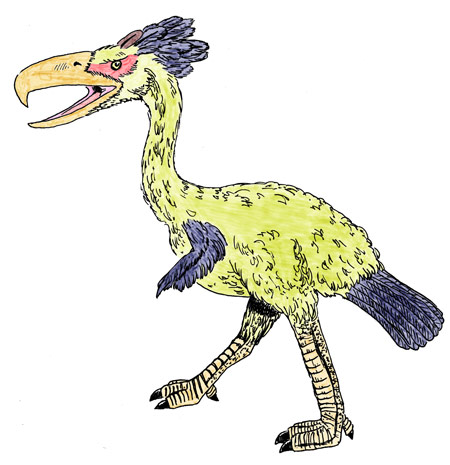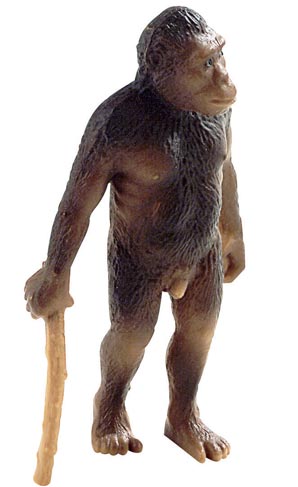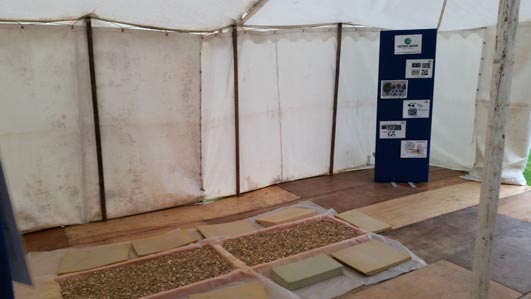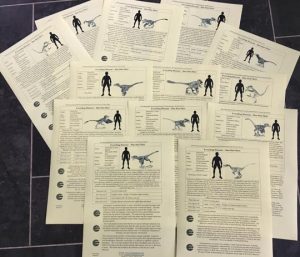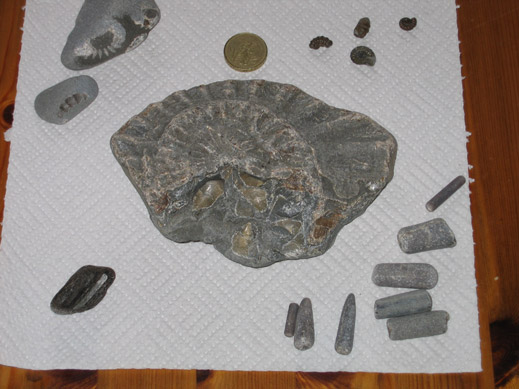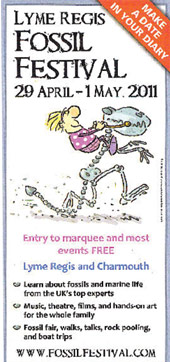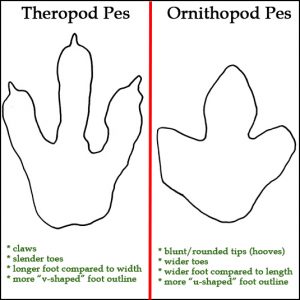Was Dilophosaurus related to Tyrannosaurus rex?
Questions about Theropods
On one of our many expeditions into schools, to meet young palaeontologists and keen dinosaur fans studying dinosaurs, we were asked by a student who was busy helping us create a montage of dinosaur pictures was Dilophosaurus related to Tyrannosaurus rex?
Dilophosaurus and Tyrannosaurus rex
An interesting question, the short answer is yes, but they were only distantly related. Dilophosaurus fossils are known from western North America and possibly China, interestingly large tyrannosaur fossils such as T. rex and Tarbosaurus are also found in these parts of the world. Both Dilophosaurus and Tyrannosaurus rex were meat-eaters and members of the Theropoda. However, to all intents and purposes this is where the similarities end.
Dilophosaurus
Dilophosaurus lived in the Jurassic Period, Tyrannosaurus rex existed at the very end of the age of reptiles, in the Late Cretaceous. Although these two dinosaurs were theropods they represent examples of different families in the theropod clade. Dilophosaurus was agile and its most significant distinguishing feature were the pair of semi-circular crests that it sported on the top of its head. Quite what these thin crests were used for remains a mystery, but they may have played in role in communication amongst pack members.
A Model of Dilophosaurus
Picture credit: Everything Dinosaur
To more models and replicas in the ITOY Studio series, (including Dilophosaurus and Tyrannosaurus rex): ITOY Studio Models.
Measuring perhaps as long as 8 metres, Dilophosaurus was certainly a large, formidable predator, but it was considerably smaller and less heavy than Tyrannosaurus rex.
Tyrannosaurus rex
We enjoyed meeting the enthusiastic primary school children and we tried to answer all their questions. Hopefully, we were able to explain the difference between Dilophosaurus and T. rex. Later on in the lesson we constructed a time-line and put these dinosaurs on it, so the children could see how many millions of years apart these particular dinosaurs lived. The children reported that their favourite dinosaur was Tyrannosaurus rex.
ITOY Studio Tyrannosaurus rex Model


